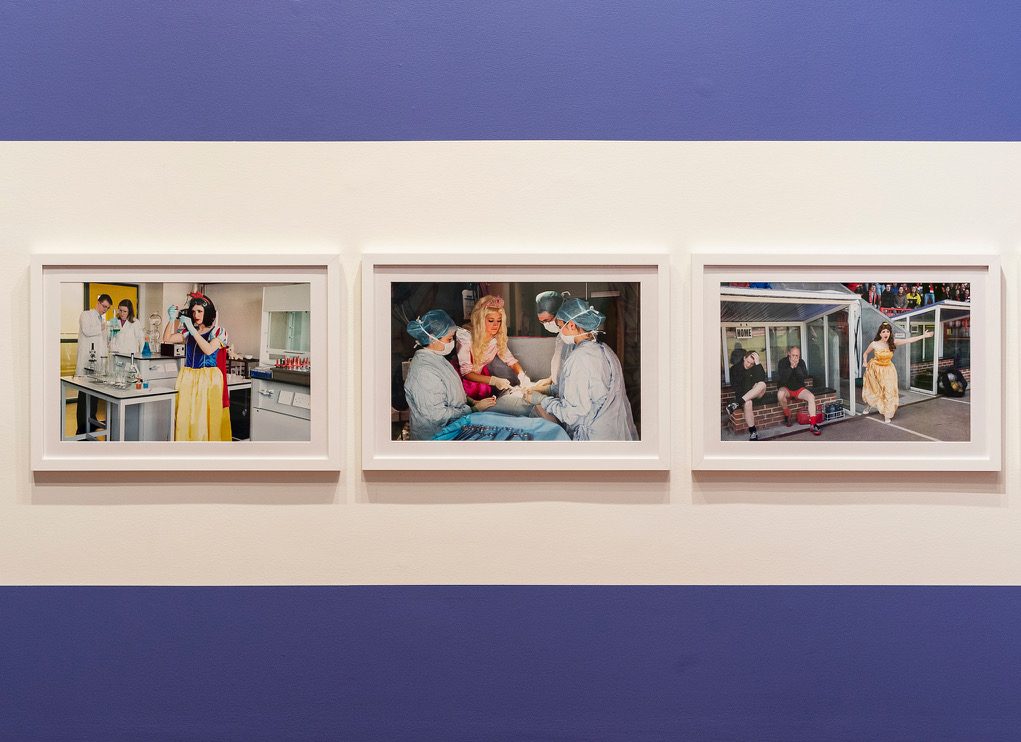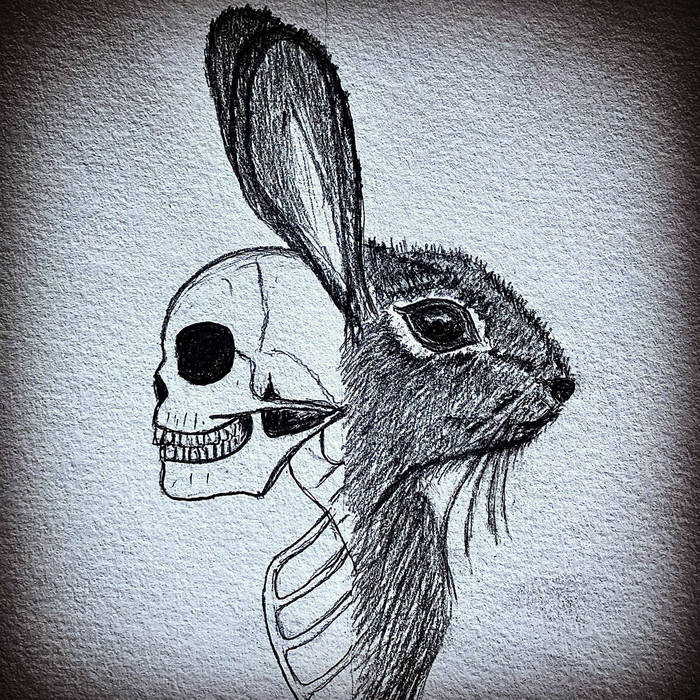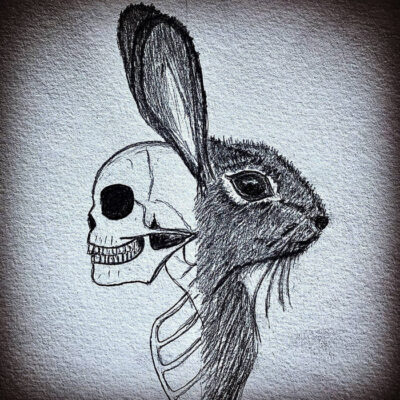The exhibition “Power Play: Reimagining Representation in Contemporary Photography” at UVA’s Fralin Museum of Art brings together the work of multiple female artists as they deconstruct and condemn classic presentations of feminine identities in popular culture.
From the first moment that museum-goers enter the exhibition curated by Hannah Cattarin, Adriana Greci Green, and Laura Minton, they are assailed by a motley of bright colors coming from the photographs, and the introductory text at the center of the display.
“For us, the works and the artists are what’s really at the forefront of the show,” says Minton. “….the concepts are also conversing with each other—because each artist is engaging with these concepts—but in a totally different way from each other. There’s overlap, but at the same time, they’re all doing something that is very unique, and that’s one of the really cool things about this show.”
In the work of British artist Sarah Maple, the artist centers herself in classic Disney princess costumes, presenting these iconic female figures in contemporary leadership roles—Snow White as a football coach, Sleeping Beauty as a surgeon, Ariel as a CEO. Through this series, she criticizes the relegation of women to the domestic sphere, and combats patriarchal definitions of femininity.
The adjoining wall features innovative Atlanta-based artist Tokie Rome-Taylor. Her photographs spotlight young Black children dressed in rich fabrics, and sporting assortments of pearls and other accessories denoting extreme wealth. The photographs feel reminiscent of Renaissance paintings of wealthy European women from prominent families, while also incorporating elements of African diasporic material culture, as seen through her 2022 piece “Promising Sight.” Rome-Taylor thus combats the lack of African American representation in art history—she gives Black people, particularly Black women, a vision of a past that is not defined by subjugation. By reclaiming the past of Black femininity in this way, she also subverts the common reductive representations of Black women that appear in the media landscape.
As a member of the Chemehuevi Indian tribe, Cara Romero works to deconstruct stereotypes of Native women in her photographs. Indeed, her pieces all feature a Native woman at the center, surrounded by an assortment of cultural items. Significant colorful patterns frame the photographs, further evoking the packaging in which children’s toys are sold. Her 2019 piece “Amber Morningstar” catches the onlooker’s attention with its vivid blue backdrop and red framing adorned with intriguing Native American symbols, the model at the center dressed in traditional clothing—a commentary on the commodification of Native femininity in popular culture.
American artist Martine Gutierrez’s diverse work deconstructs classic representations of femininity as seen in magazines and dolls. In her 2014 piece “Line Up 4,” Gutierrez stands motionless among a group of mannequins—she is indistinguishable from them, a sharp criticism of femininity within the capitalist system. Gutierrez also subverts representations of femininity in contemporary media in her 2018 piece “Queer Rage, Imagine Life-Size, and I’m Tyra, p66-67 from Indigenous Woman.” In an excerpt from Indigenous Woman, her imaginary magazine, Gutierrez depicts the ever-shifting identities of a queer woman and her infinite potential as she reclines in her self-portrait in traditional Guatemalan dress, surrounded by vegetation, photoshopped animals, and dolls, among other things.
Wendy Red Star is a Native artist from the Crow Indian Reservation in Montana. Her photograph series “Four Seasons” shows her over the course of different seasons. She is always in traditional attire and surrounded by nature, and is often looking directly at the camera with an air of defiance. These portraits evoke the life-sized dioramas commonly found in natural history museums; they usually depict extinct and near-extinct animals or insects. Though the natural elements that surround the artist are imitations, she is very real. Red Star thus asserts the continuing existence of Native women, and the value of their culture and heritage. Her final piece in the exhibition, 2016’s “Apsaalooke Feminist #4,” features the artist with her daughter. They are surrounded in Apsaalooke aesthetics and symbols, and adorned in traditional garb, with pensive looks on their faces. The piece draws attention to the importance of passing down Native culture and knowledge, particularly through matrilineage. In Red Star’s exhibition, Native femininity is invigorated both by its refusal to succumb to extinction, as well as its value in preserving Native culture through time.
“What I love so much about all of these contemporary artists and their work is that there’s so much questioning happening,” says Cattarin. “And we don’t want to come in with some idea of control or authority that tells you what you should think about.”






